Launch date 3 April 1965 | ||
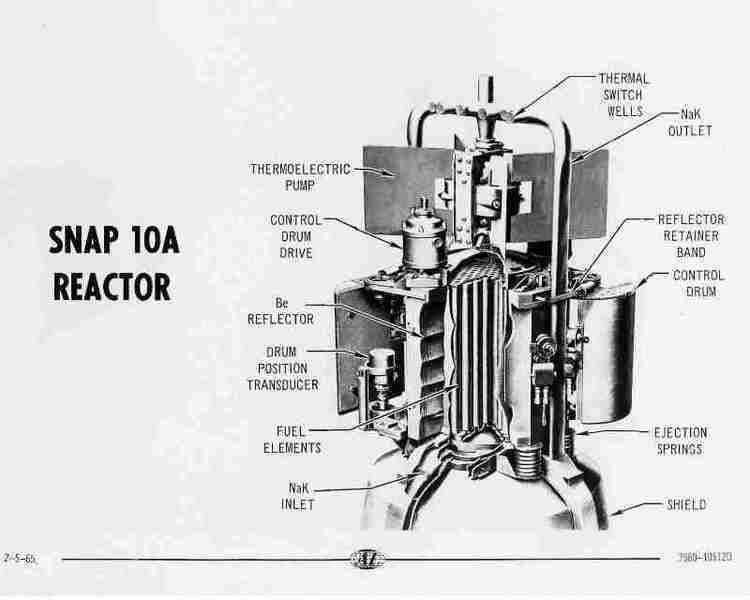 | ||
Similar Kosmos 954, Solrad 8, Kosmos 97 | ||
SNAP-10A, also called SNAPSHOT is an experimental nuclear powered satellite launched into space in 1965. It is the only fission power system launched into space by the United States. The reactor stopped working after just 43 days due to a (non-nuclear) electrical component failure. The Systems Nuclear Auxiliary Power Program (SNAP) reactor was specifically developed for satellite use in the 1950s and early 1960s under the supervision of the U.S. Atomic Energy Commission.
Contents
- Nuclear watch world the snap 10a an orbital nuclear reactor damaged and forgotten 11 21 2014
- Spacecraft history
- Construction and operation
- Safety
- Development
- References

Nuclear watch world the snap 10a an orbital nuclear reactor damaged and forgotten 11 21 2014
Spacecraft history
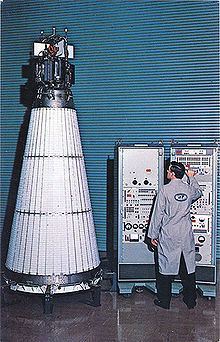
SNAP-10A was launched from Vandenberg Air Force Base by an ATLAS Agena D rocket on April 3, 1965 into a low Earth orbit altitude of approx. 1,300 km. It is in a slightly retrograde polar orbit — this ensured that the spent rocket stages landed in the ocean. Its nuclear electrical source, made up of thermoelectric elements, was intended to produce over 500 watts of electrical power for one year. After 43 days, an onboard voltage regulator within the spacecraft – unrelated to the SNAP reactor – failed, causing the reactor core to be shut down, after reaching a maximum output of 590 watts.
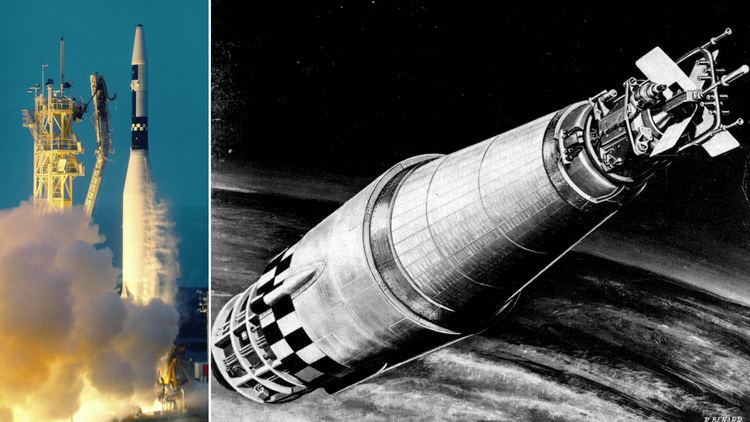
After the 1965 system failure, the reactor was left in a 1,300-kilometre (700 nmi) Earth orbit for an expected duration of 4,000 years.
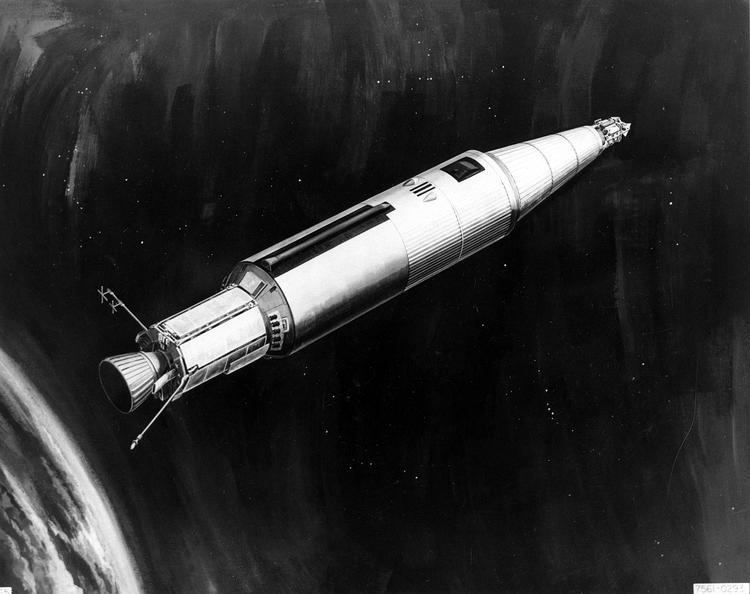
In November 1979 the vehicle began shedding, eventually losing 50 pieces of traceable debris. The reasons were unknown, but the cause could have been a collision. Although the main body remains in place, radioactive material may have been released.
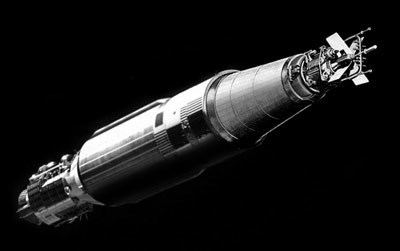
As of 2010, more than 30 small fission power system nuclear reactors have been sent into space in Soviet RORSAT satellites; also, over 40 radioisotope thermoelectric generators have been used globally (principally US and USSR) on space missions.
Construction and operation

The SNAP-10A has three major components – a compact nuclear reactor, the reactor reflector and control system, a heat transfer and power conversion system.
The reactor measures 39.62 cm (15.6 in) long, 22.4 cm (8.8 in) diameter and holds 37 fuel rods containing 235U as uranium-zirconium-hydride fuel. The SNAP-10A reactor was designed for a thermal power output of 30 kW and unshielded weighs 650 lb (290 kg). The reactor can be identified at the top of the SNAP-10A unit.
Reflectors were arranged around the outside of the reactor to provide the means to control the reactor. The reflectors were composed of a layer of beryllium, which would reflect neutrons, thus allowing the reactor to begin and maintain the fission process. The reflectors were held in place by a retaining band anchored by an explosive bolt. When the reflector was ejected from the unit, the reactor could not sustain the nuclear fission reaction and the reactor permanently shut down.
The eutectic sodium-potassium (NaK) alloy was used as a coolant in the SNAP-10A. The NaK was circulated through the core and thermoelectric converters by a liquid metal direct current conduction-type pump. The thermoelectric converters (identified as the long white "apron") are doped silicon germanium materials, thermally coupled, but electrically isolated from the NaK heat transfer medium. The temperature difference between the NaK on one side of the thermoelectric converter and the cold of space on the other created an electric potential and usable electricity.
Safety
The SNAP reactor program necessitated a safety program and led to the inception of the Aerospace Nuclear Safety Program. The program was established to evaluate the nuclear hazards associated with the construction, launch, operation and disposal of SNAP systems and to develop designs to assure their radiological safety.
Atomics International had primary responsibility for safety, while Sandia National Laboratories was responsible for the Aerospace Safety Independent Review and conducted many of the safety tests. Before launch was permitted, proof had to be obtained that under all circumstances the launch of the reactor would not pose a serious threat.
A variety of tests were successfully completed and several videos of the development and tests are available for viewing. The Idaho National Laboratory conducted three destructive tests of SNAP nuclear reactors at Test Area North prior to the launch of SNAP-10A. The SNAPTRAN-3 destructive experiment, on April 1, 1964, simulated a rocket crash into the ocean, purposely creating a fireball and sending radioactive debris across the Idaho desert.
Development
Atomics International, then a division of North American Aviation was the prime contractor for the SNAP-10A development. Most of the systems development and reactor testing was conducted at the Santa Susana Field Laboratory, Ventura County, California using a number of specialized facilities. A United States Department of Energy video depicting the development and fabrication of the SNAP-10A is available.
The company also developed and tested other compact nuclear reactors including the SNAP Experimental Reactor (SER), SNAP-2, SNAP-8 Developmental Reactor (SNAP8-DR) and SNAP-8 Experimental Reactor (SNAP-8ER) units at the Santa Susana Field Laboratory. Atomics International also built and operated the Sodium Reactor Experiment, the first U.S. nuclear power plant to supply electricity to a public power system.
The testing and development involving radioactive materials caused environmental contamination at the former Atomics International Santa Susana Field Laboratory (SSFL) facilities. The United States Department of Energy is responsible for the identification and cleanup of the radioactive contamination. (The SSFL was also used for the unrelated testing and development of rocket engines by Rocketdyne primarily for NASA.) The DOE website supporting the site cleanup details the historical development of nuclear energy at SSFL including additional SNAP testing and development information.
